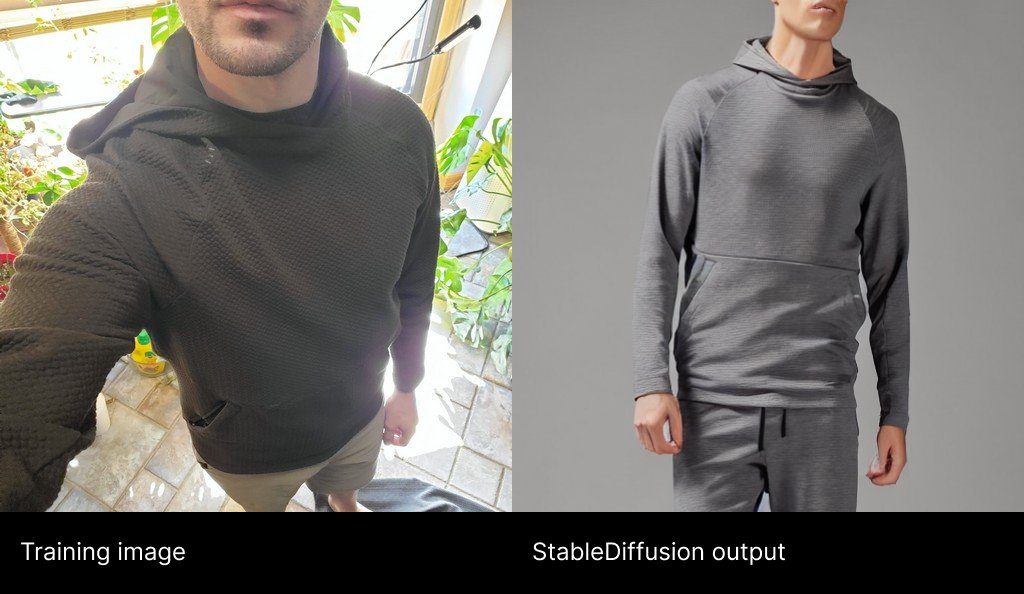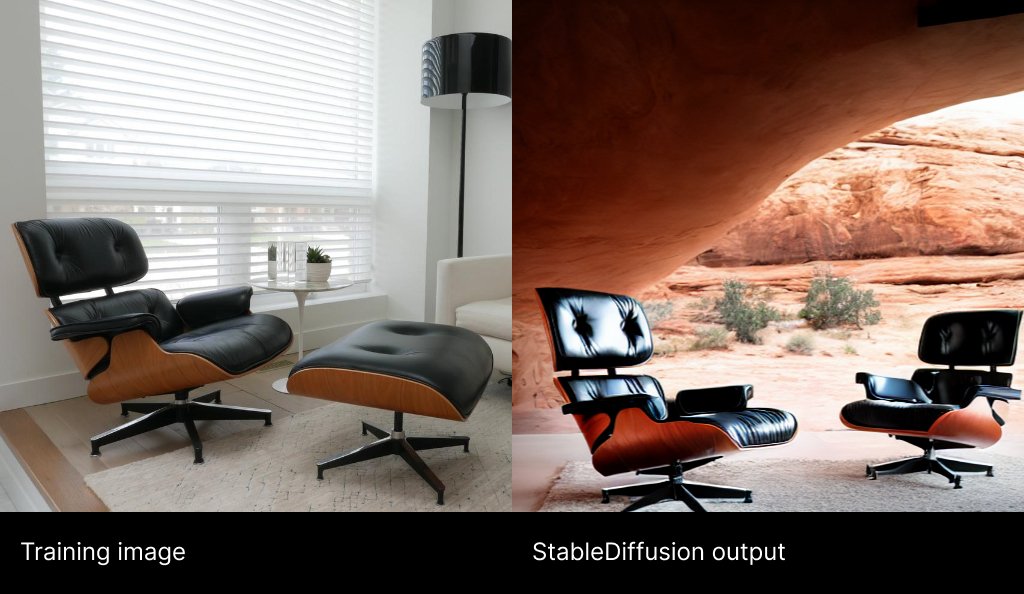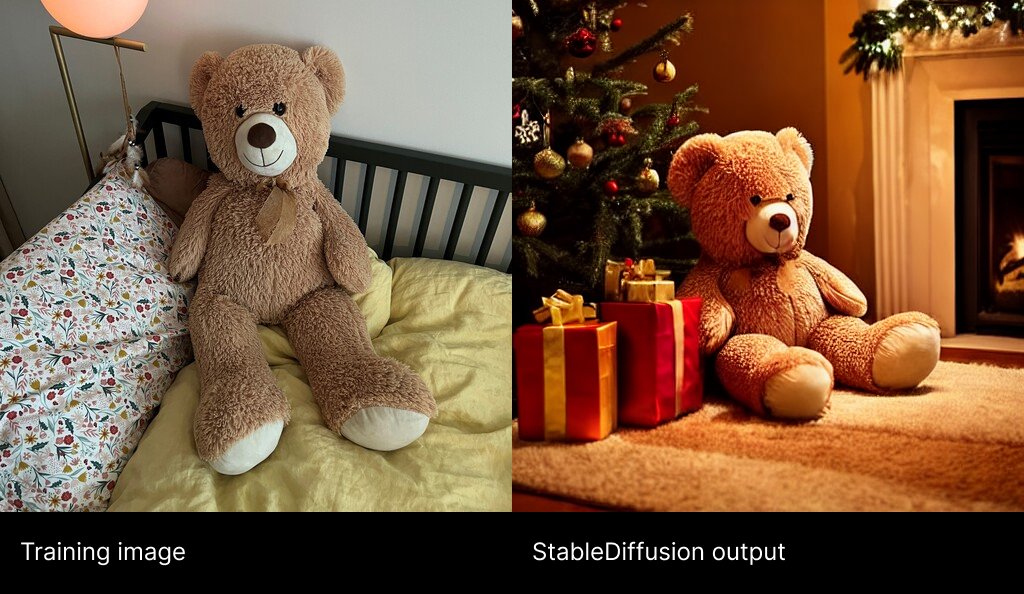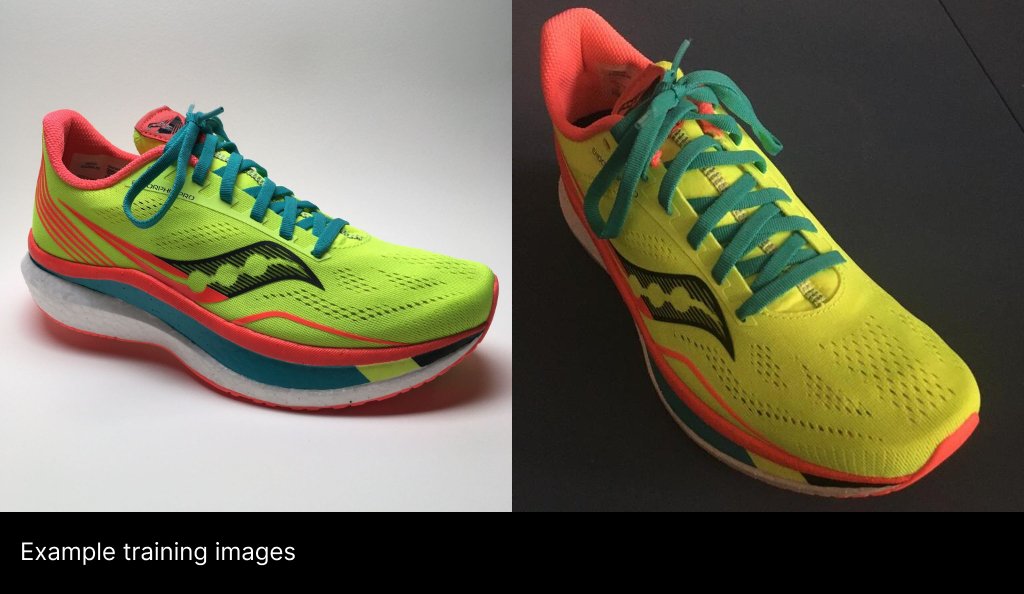
AI unlocks unlimited product photography. 🤯
Recent advances have made it possible for merchants to turn mobile photos into high quality product images + ad creative.
AI can now learn and reproduce a product on demand. More…👇[1/10]
#ai #aiart #stablediffusion #dreambooth



Recent advances have made it possible for merchants to turn mobile photos into high quality product images + ad creative.
AI can now learn and reproduce a product on demand. More…👇[1/10]
#ai #aiart #stablediffusion #dreambooth




Products with simple forms and organic lines reproduce exceptionally well. We took this trainer on adventures across unfamiliar terrain. 👟🏔 [2/10] 







This mid-century Eames Lounge got a tour of some Bond-villain HQs nestled into the world’s most beautiful landscapes. 🏜🧊 [3/10] 







Of course AI can generate expressive images of real products for ads and other creative applications too… [6/10] 







But some products don't embed/reproduce well. StableDiffusion is currently challenged by…
1. Text, logos, and precise detail
2. Complex geometry
3. Counting

1. Text, logos, and precise detail
2. Complex geometry
3. Counting


But even in its current state, AI is capable of helping new merchants put their best foot forward and could be a powerful tool for creatives working with more established brands. [8/10]
The pace of progress around AI is staggering. Breakthrough research papers appear each week, enabling a new mind-bending wave of possibilities. It's both exciting and exhausting! 😅 [9/10]
https://twitter.com/_akhaliq/status/1578072594162810880
All the nerdy details…
We used #dreambooth to train models for each product. 200-250 regularization images from the same product category, 20-25 training images of a specific product, 4000 iterations (~1–1.5hrs on an A100). ✌️🙏[10/10]
We used #dreambooth to train models for each product. 200-250 regularization images from the same product category, 20-25 training images of a specific product, 4000 iterations (~1–1.5hrs on an A100). ✌️🙏[10/10]
• • •
Missing some Tweet in this thread? You can try to
force a refresh












